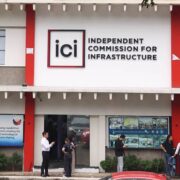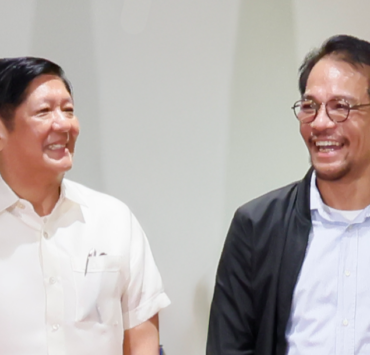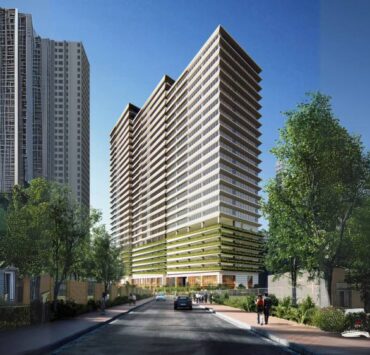Rethinking cities for smart, sustainable growth
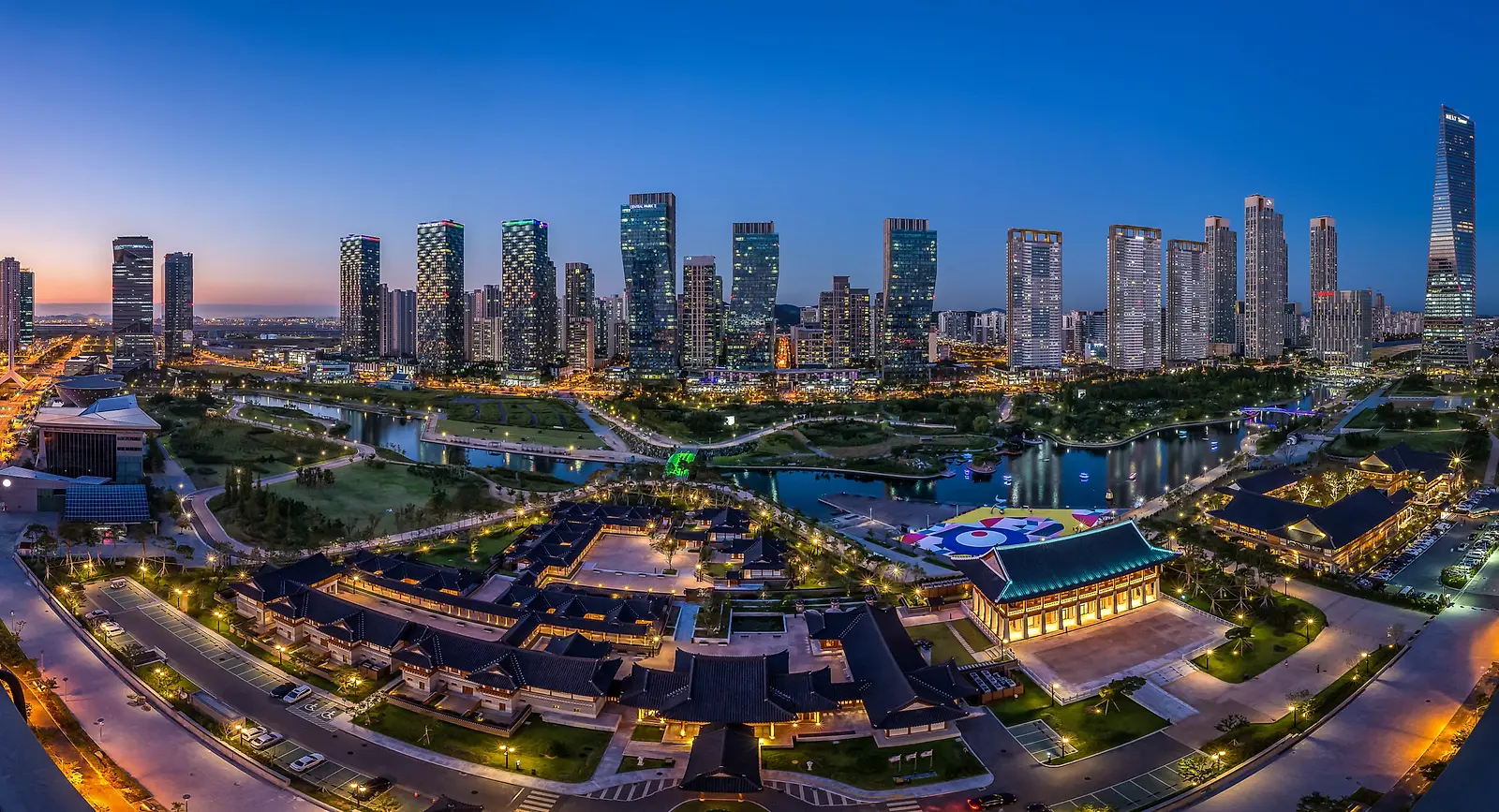
Songdo International Business District
South Korea
Innovative centers in suburban or provincial areas help alleviate pressure on existing metropolises. It fosters the growth of healthy, self-sufficient, and prosperous communities by promoting strategic planning, sustainable infrastructure, and community-driven development.
Implementing such initiatives requires an in-depth understanding of urban design, governance frameworks, and economic expansion strategies.
Songdo International Business District, located in South Korea, is one of the foremost examples of advanced smart city development globally.
Spanning 600 ha of reclaimed land, Songdo spreads with integrated technologies that enhance urban functionality. Key features include a real-time energy monitoring system and a pneumatic waste disposal network, eliminating the need for conventional garbage trucks.
About 40 percent of the district is allocated to green spaces, pedestrian pathways, and bicycle lanes, signifying a robust commitment to sustainability and walkability.
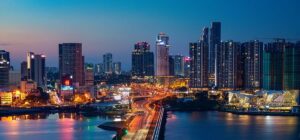
Iskandar Malaysia
Johor, Malaysia
Iskandar, Malaysia, covering 2,217 sq km, is a prime example of a strategically located economic zone.
Its well-planned mixed-use developments and exceptional connectivity to Singapore have made it a magnet for businesses and multinational corporations. The region has attracted foreign direct investments by creating a business-friendly environment with robust infrastructure.
The emphasis on cross-border collaboration and economic diversification strengthens suburban business hubs and global competitiveness.
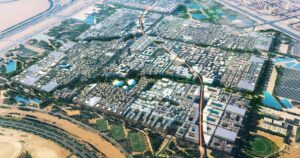
Masdar City
United Arab Emirates
Masdar City in the United Arab Emirates is a benchmark for sustainable urban planning. Designed to be a zero-carbon city, it integrates extensive renewable energy sources, including solar farms and wind power.
The town also prioritizes walkability, supported by an innovative driverless electric pod transport system that eliminates the need for private vehicles. Passive cooling techniques minimize reliance on airconditioning, reducing energy consumption.
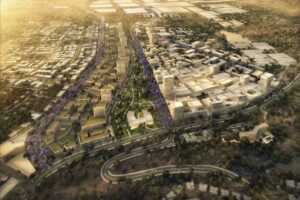
Tatu City
Nairobi, Kenya
Tatu City in Nairobi, Kenya, presents a structured, privately-led urban development model. It integrates residential neighborhoods, business parks, schools, and healthcare facilities, fostering a balanced urban ecosystem.
Private sector involvement in governance and infrastructure investment has been instrumental in its development.
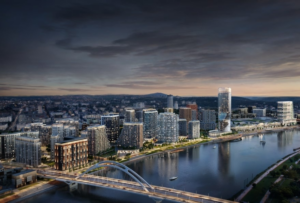
Belgrade Waterfront
Serbia
Belgrade Waterfront in Serbia is a large-scale urban renewal initiative that has revitalized an underutilized riverside area into a thriving mixed-use district.
The project features high rise residences, commercial spaces, cultural centers, and extensive public infrastructure which can boost tourism and economic activity. Strategically leveraging waterfront locations for urban renewal can maximize its coastal and riverine areas, transforming underutilized spaces into thriving economic and cultural hubs.
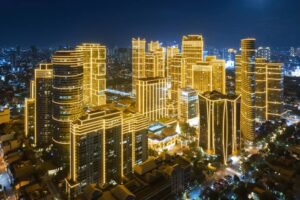
Rockwell Center Makati
Philippines
Rockwell Center Makati exemplifies successful urban redevelopment in a high-density metropolitan area.
Once the site of an old thermal power plant, Rockwell was transformed into a premier mixed-use community featuring high-end residential towers, office spaces, lifestyle hubs, and green spaces. The development integrates sustainability through efficient energy management and a pedestrian-friendly environment, reducing reliance on vehicles.
Rockwell’s controlled urban planning approach enhances property values while providing a sophisticated urban experience, setting a standard for other cities to follow in reclaiming and repurposing underutilized urban spaces.
Learning from new urban centers
These examples demonstrate that successful suburban or provincial urban developments alleviate congestion in existing cities.The Philippines can apply these lessons by creating new urban centers that balance economic growth with environmental sustainability and community well-being.
The author (www.ianfulgar.com), is a leading architect with an impressive portfolio of local and international clients. His team elevates hotels and resorts, condominiums, residences, and commercial and mixed-use township development projects. His innovative, cutting-edge design and business solutions have garnered industry recognition, making him the go-to expert for clients seeking to transform their real estate ventures





